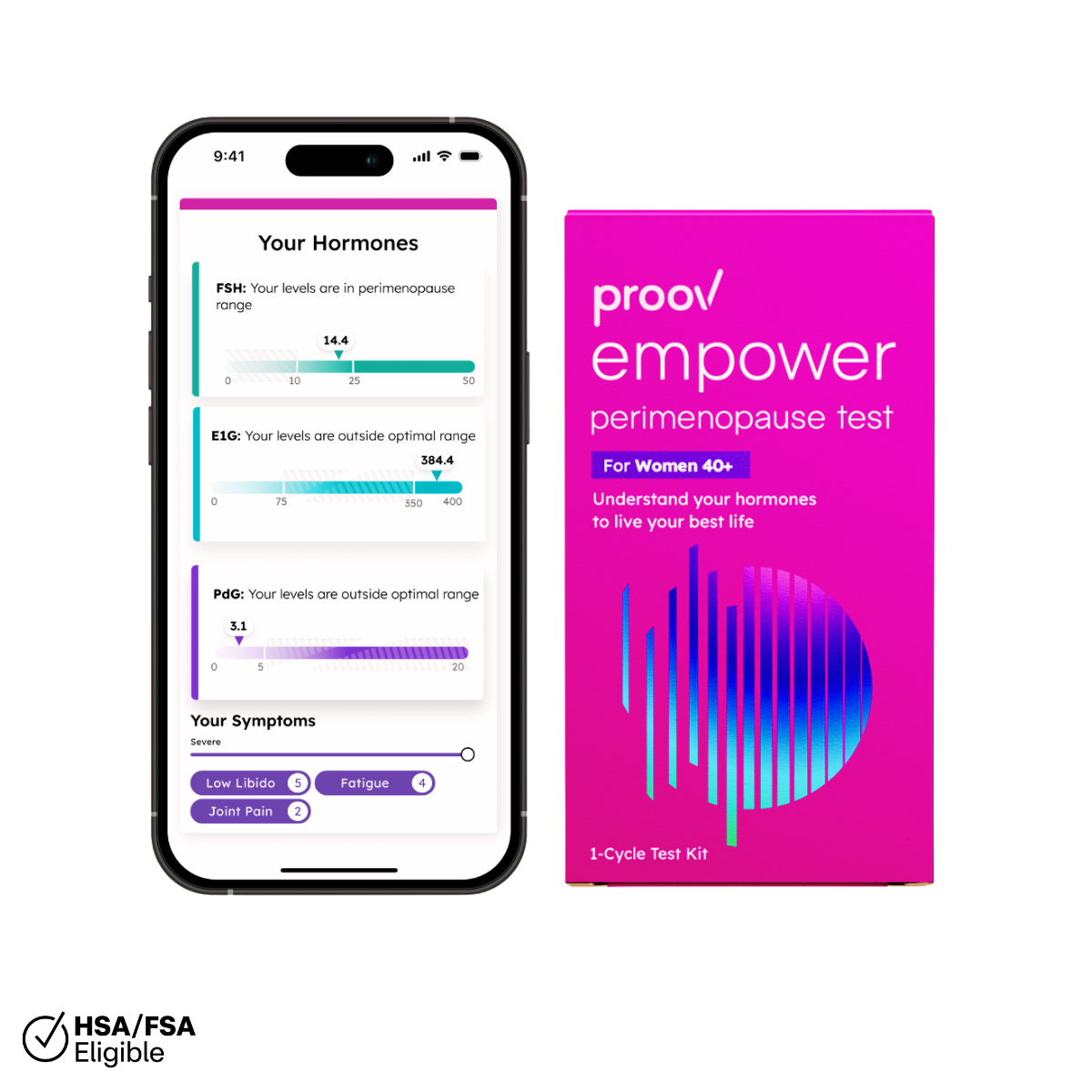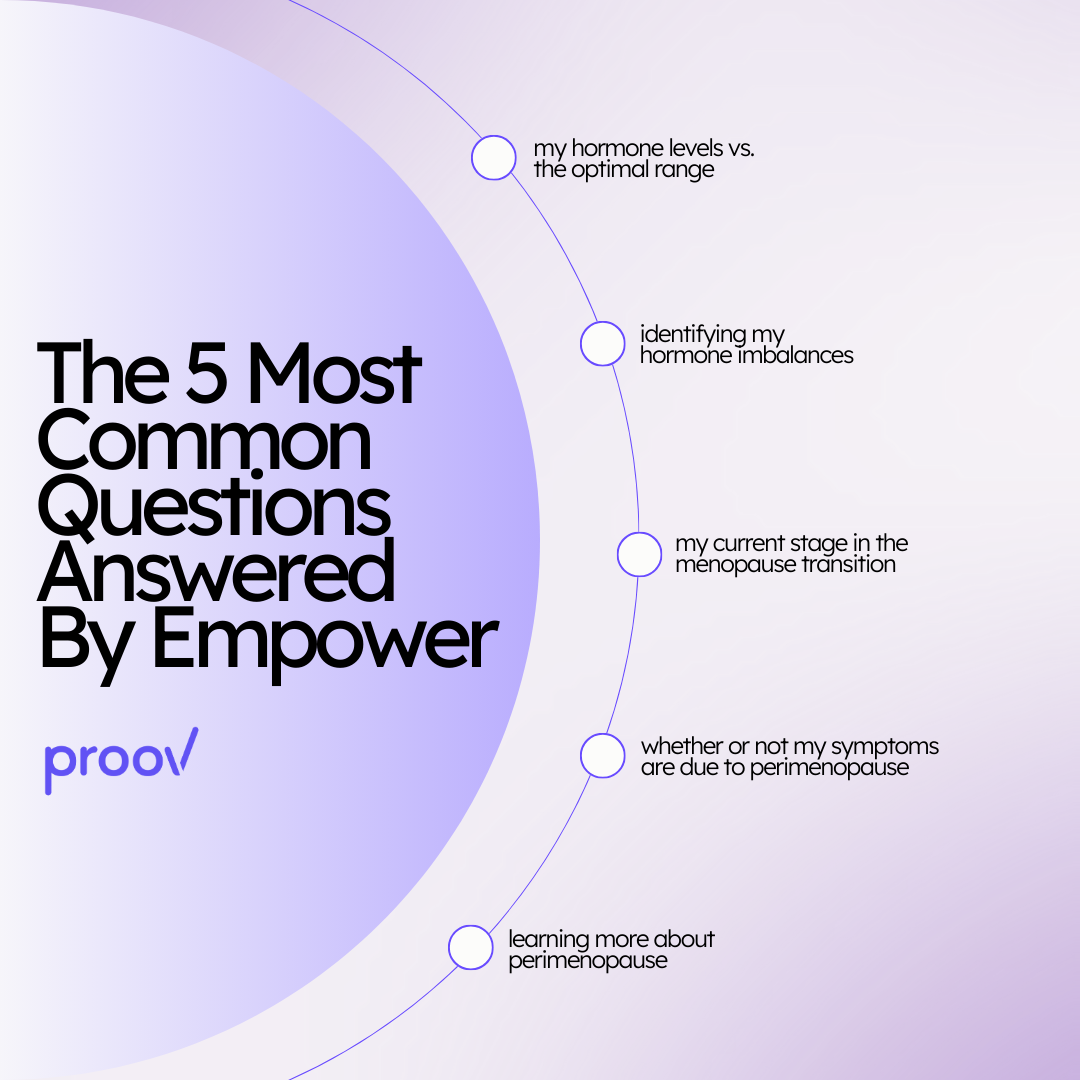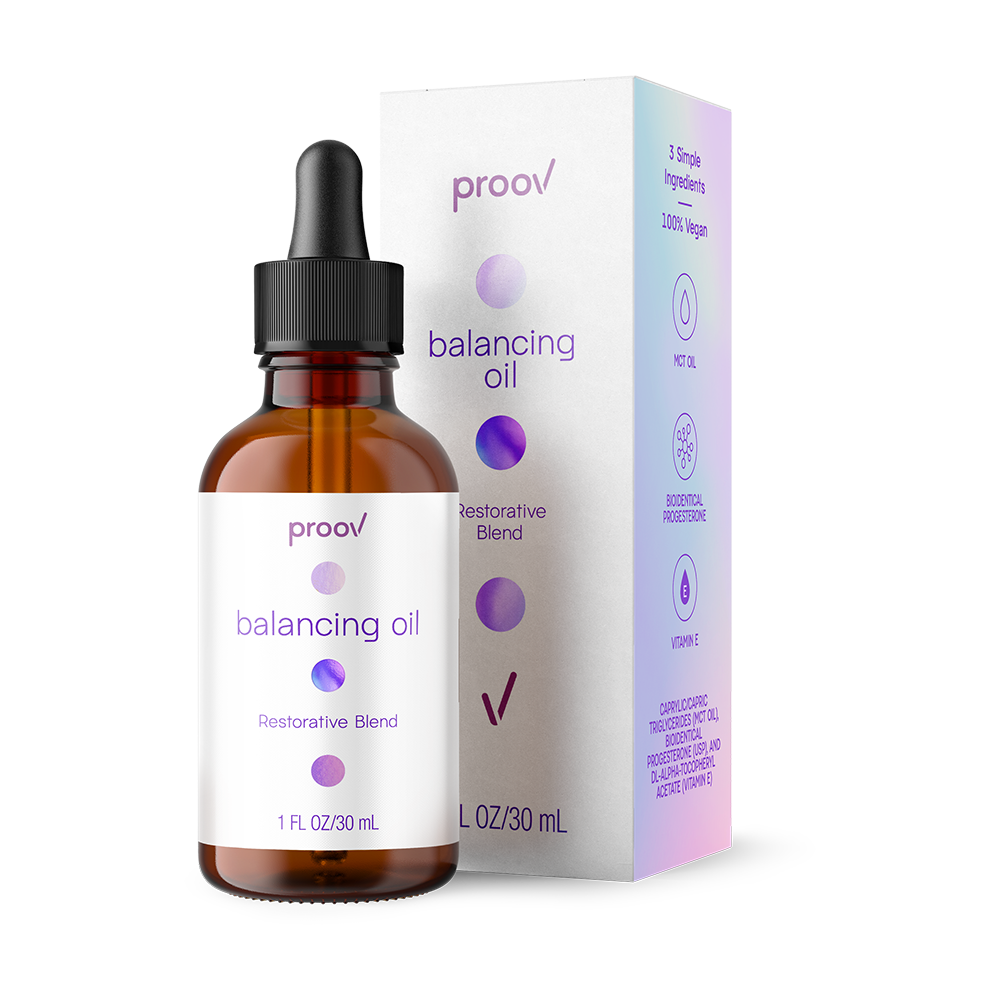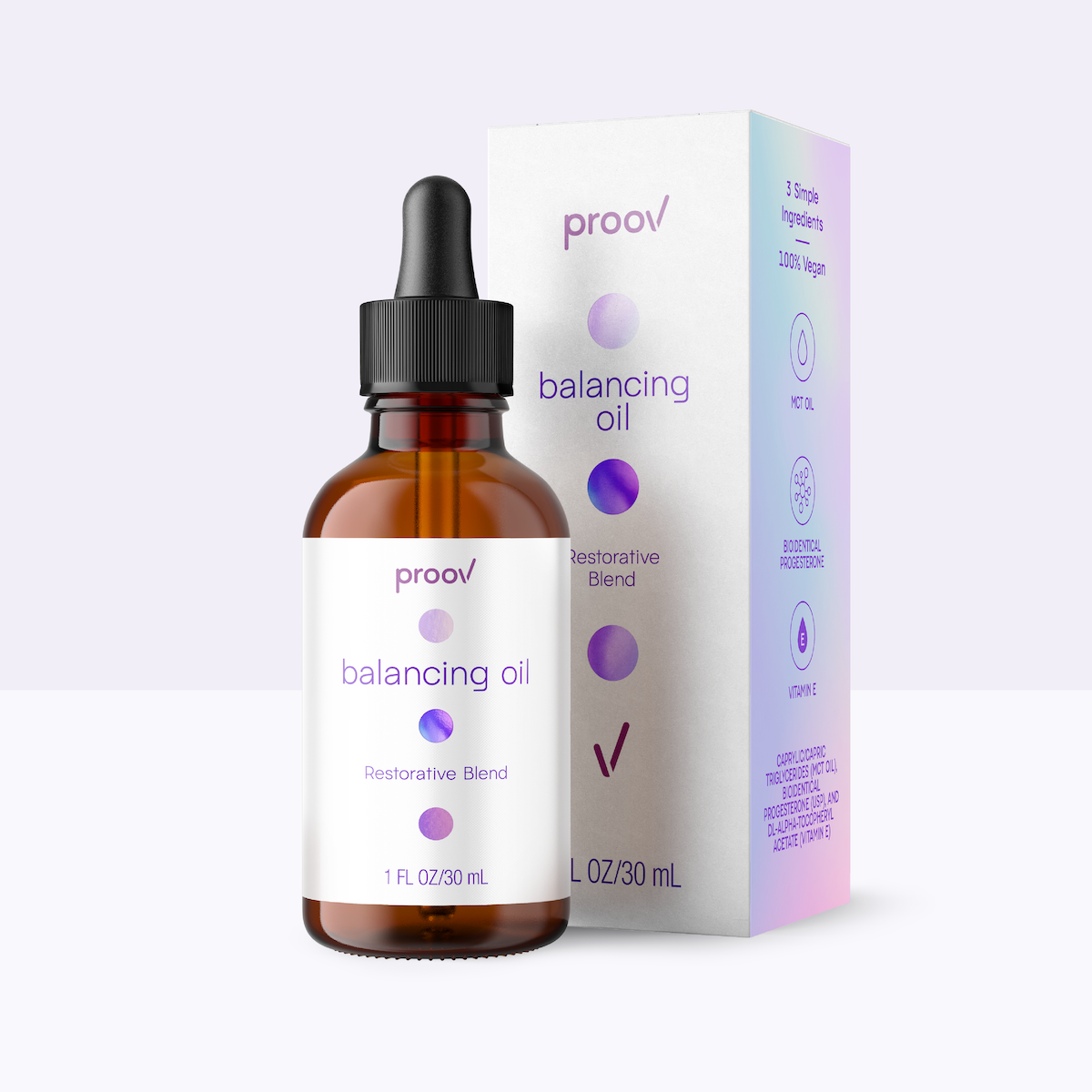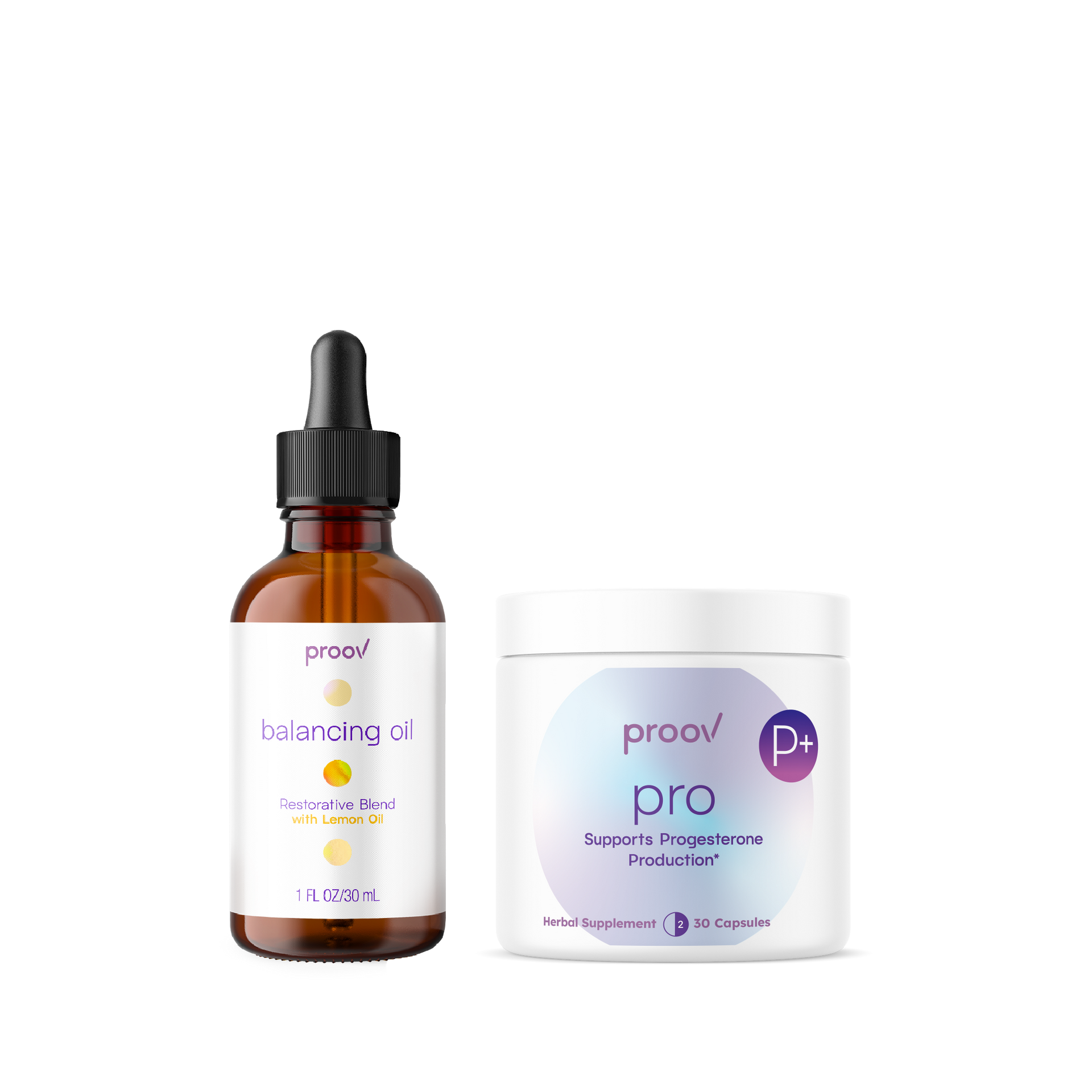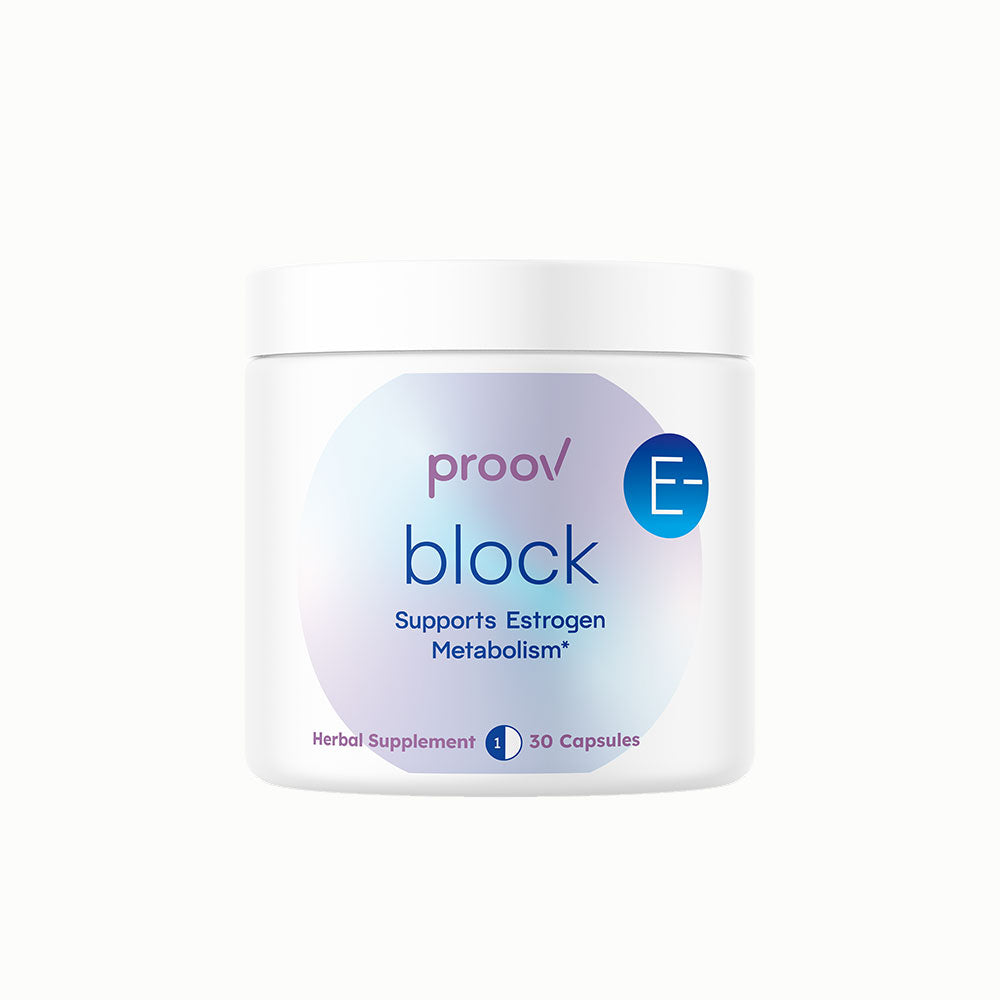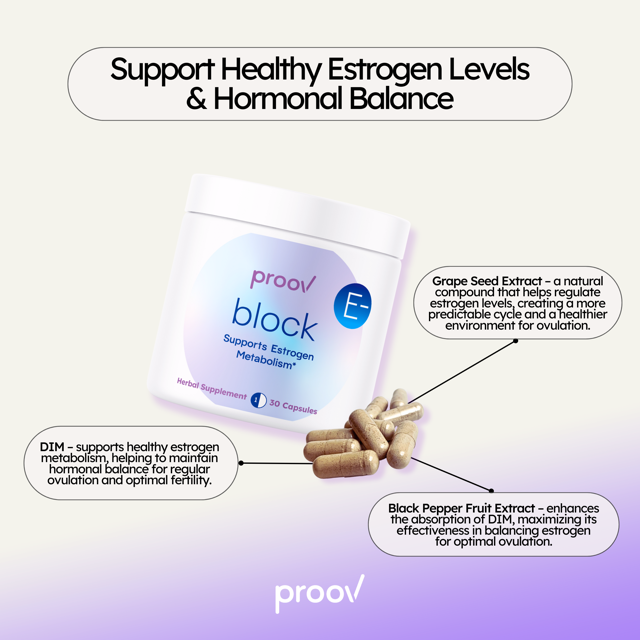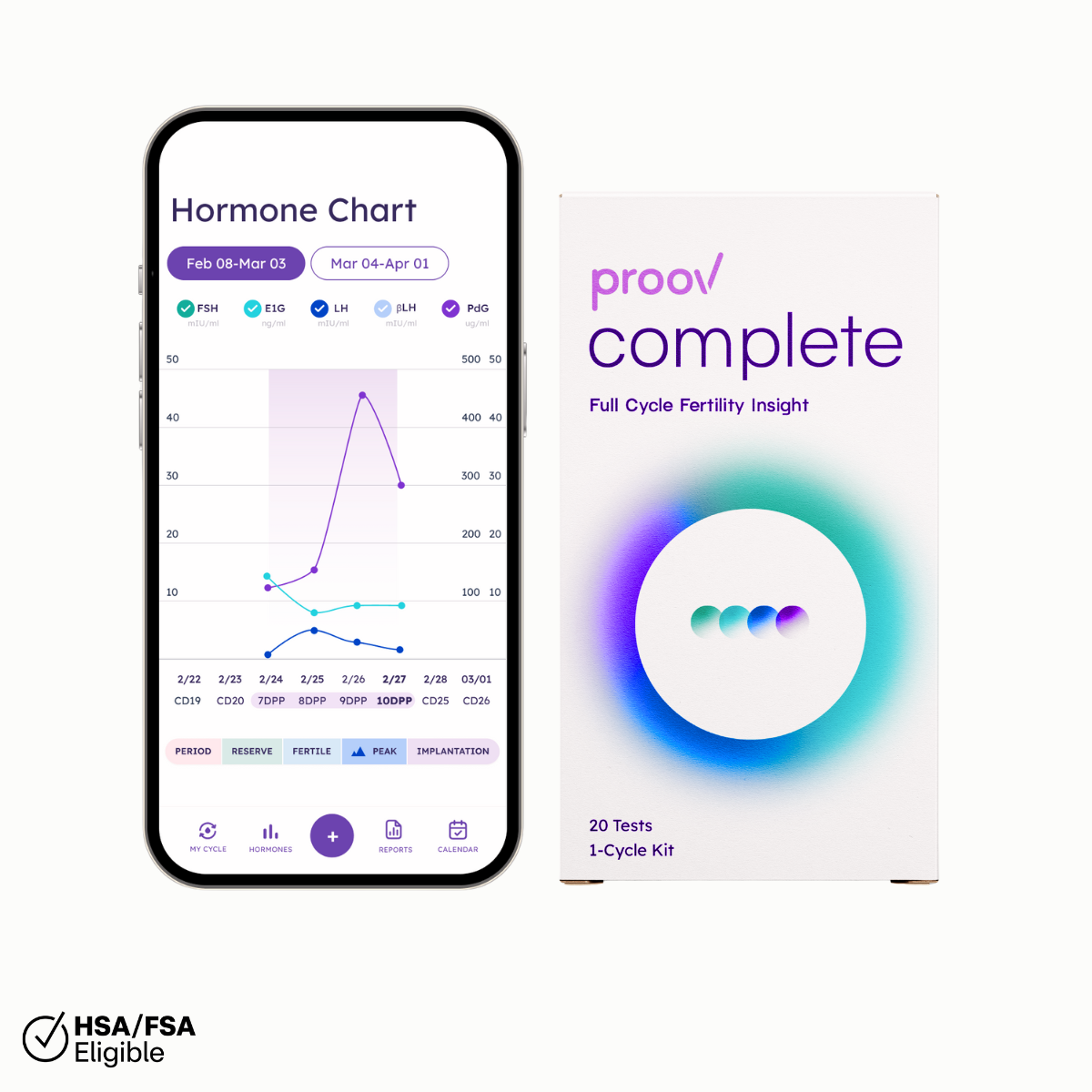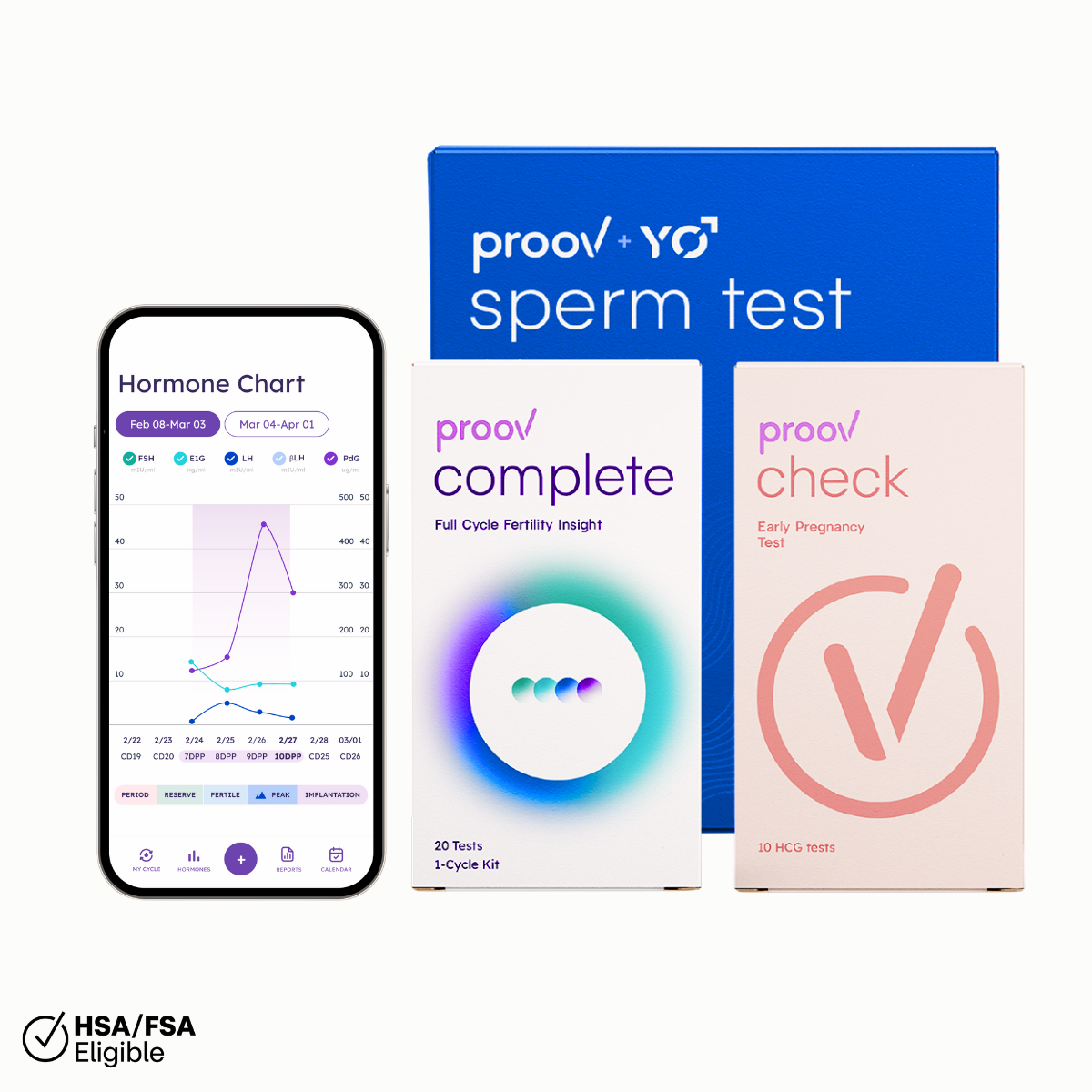You might have heard someone say, “Don’t bother testing your hormones because you can’t test for menopause.” This is both true and not true, and we’re going to dive into the important factors to consider from each perspective.
Why Modern Hormone Tracking in Your 30s & 40s Is a Game-Changer for Your Health
Modern hormone tracking in your mid 30s and 40s can be an extremely effective way to be proactive and understand how your hormones are shifting before your health is significantly impacted.
Think of it like this: You don’t need a Fitbit to exercise, but many people find it helpful to have data about trends in their movement and habits, understand their bodies better, and prevent injuries. It’s the same for hormones. Modern hormone tracking is a way to hear what your body is telling you, how your body is changing, and understand how changes you make can affect your body.
Modern hormone tracking technology has also changed dramatically over the last several years. There are likely options available to women that weren’t in the past. Our goal at Proov is to ensure that no woman is surprised by perimenopause, and no woman has years of untreated, declining health due to perimenopause with no known cause.
Can You Test for Menopause? Here’s What You Need to Know
“Menopause” means 12 months with no period. It’s a clinical diagnosis — there is no magic test to assess beyond the shadow of a doubt whether you are in menopause. If you have no period due to a partial hysterectomy (keeping your ovaries) or an IUD or medication that stops your periods, things get a bit trickier to figure out, so hormone measurement can be particularly helpful to these women. The average age for menopause in the USA is 51, with the “typical” range being age 45-55, though there are of course women outside this range.
Some testing methods try to determine menopause by measuring your FSH levels. However, this isn’t always an accurate representation of a woman’s menopausal stage, as many women reach menopause and still have FSH levels that don’t fall within the “you’re likely in menopause” cutoff.
What Happens to Your Hormones During Perimenopause?
Perimenopause is the 5-10 years of hormone changes, menstrual cycle changes, and symptoms leading up to menopause (which, as we mentioned earlier, is when you’ve gone 12 months without a period). Perimenopause often begins with subtle symptoms like mild insomnia, anxiety, or irregular periods. Many women mistake these for stress or thyroid issues rather than hormone changes. After 3-5 years, these mild symptoms typically progress into more recognizable menopause-related symptoms, such as hot flashes.
The appearance of hot flashes is commonly when a woman realizes she is going through the menopause transition, and then she realizes those sleep or mood issues that started 3-5 years earlier were not just work stress or “natural aging,” but were actually her earliest perimenopause symptoms.
Many women who seek treatment later in perimenopause reflect on how earlier awareness might have helped them manage symptoms more effectively. Your 40s are a critical time in your life. Understanding the root cause of symptoms can make it easier to find the right solutions and take control earlier so that you don’t experience an unnecessary decline in health.
The Outdated Approach to Menopause Hormone Testing & How It’s Changing
In the past, some doctors used a one-time measurement of FSH levels to determine when a woman could start hormone replacement therapy (HRT, also called HT or MHT). As we learned above, FSH levels vary widely from woman to woman, even post-menopause. Some women may experience significant perimenopause symptoms before seeing FSH levels cross a magic threshold. Today, women can get access to HRT when they experience perimenopause symptoms.
One-time FSH-centered testing implemented a minimum FSH level to give hormone therapy, which excluded some clearly symptomatic women from much needed hormone treatment. Conversely, modern hormone tracking has the opposite goal: to identify hormonal transitions earlier, before symptoms are severe, and obviously perimenopause symptoms like hot flashes so that perimenopause can be identified much earlier when symptoms are more vague (e.g., insomnia or mood changes).

Why Tracking Your Hormones in Your 30s and 40s Matters
There isn’t a single test to show without a doubt you are in menopause, but modern hormone tracking is a great way to make sure that your hormones are not a mystery as you move into your late 30s and 40s.
How Proov Empower Helps You Take Control of Your Hormones
So if someone tells you that you don’t need to test your hormones to know if you’re in menopause, or that you can start HRT without testing hormones, those points are both true. But modern hormone tracking is a great path to identifying hormone shifts earlier and telling the difference between symptoms caused by hormones and symptoms that are not. It’s also important for women who may be experiencing perimenopause symptoms on at earlier ages – like the late 30s and early 40s.
By tracking your hormones over time, you can see how your levels are evolving, easily track symptoms and menstrual changes, and make an informed choice about when and how to treat your hormone changes. You may be able to avoid several years of reduced well-being by identifying and treating your hormone imbalances and perimenopause symptoms earlier. We built Proov Empower to empower you to make informed decisions about your health.



